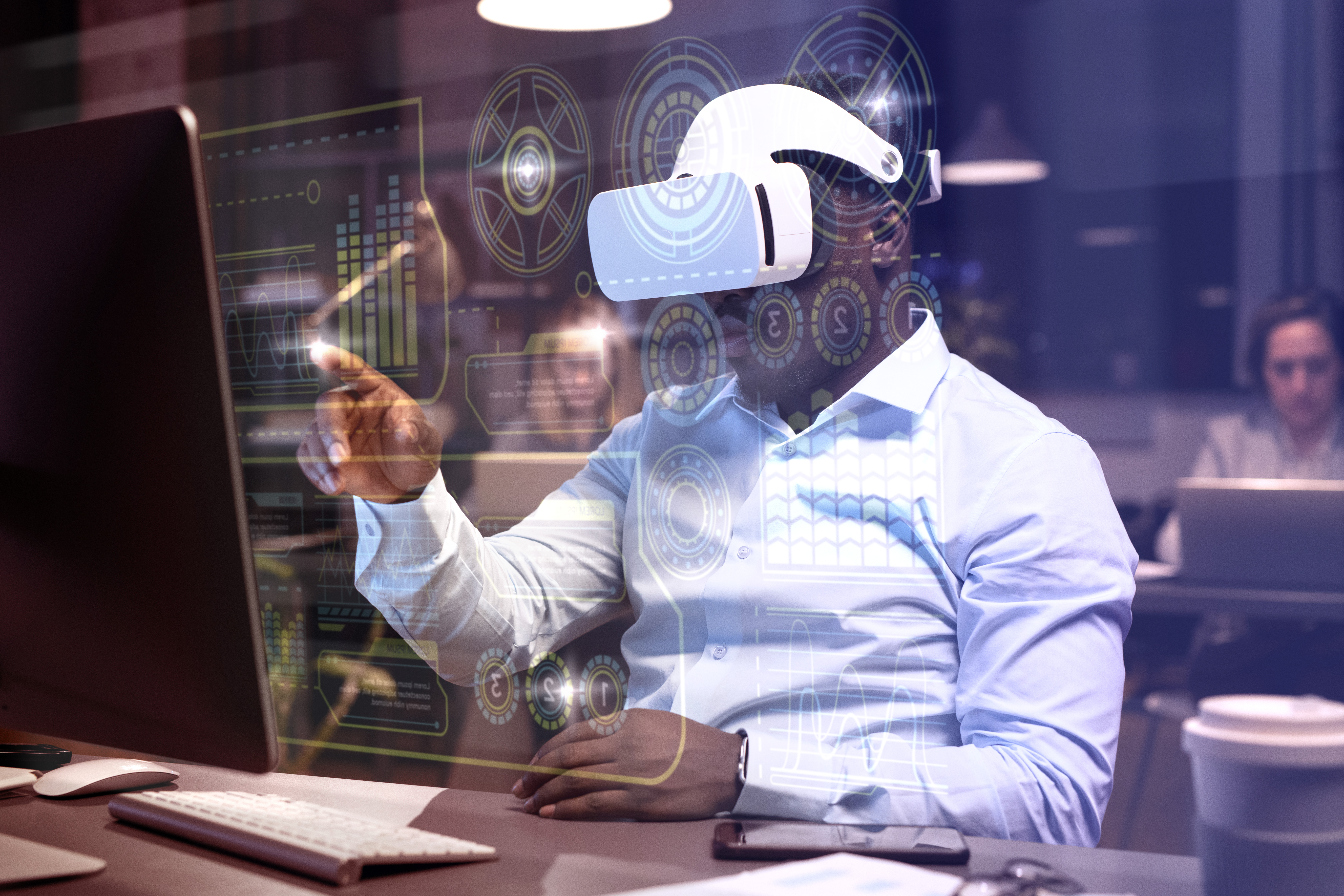Visionary World of OpenCV: Revolutionizing Computer Vision

Introduction:
In the realm of computer vision, OpenCV (Open Source Computer Vision Library) stands as a beacon of innovation, empowering developers and researchers to explore the limitless possibilities of visual processing. This blog post embarks on a journey into the world of OpenCV, delving into its origins, key features, and the transformative impact it has on a wide range of applications.
1. The Genesis of OpenCV:
OpenCV originated in 1999 as a research project at Intel, aiming to create a free and open-source platform for computer vision development. Over the years, it has evolved into a versatile and widely adopted library, supported by a vibrant community of developers.
2. Key Features of OpenCV:
OpenCV is renowned for its rich set of features that cater to various aspects of computer vision. From image and video processing to machine learning and deep learning integration, we'll explore the diverse capabilities that make OpenCV an indispensable tool for vision-related tasks.
3. Image Processing and Computer Vision Algorithms:
OpenCV provides a plethora of pre-built algorithms for image processing and computer vision. This section will showcase some of the fundamental algorithms, including image filtering, edge detection, feature extraction, and object recognition.
4. OpenCV and Machine Learning Integration:
The integration of machine learning into OpenCV has opened new frontiers in computer vision. We'll discuss how OpenCV seamlessly incorporates machine learning models for tasks like object detection, facial recognition, and image classification.
5. Deep Learning with OpenCV:
With the rise of deep learning, OpenCV has adapted to support neural network models. We'll explore how OpenCV integrates with popular deep learning frameworks like TensorFlow and PyTorch, enabling developers to harness the power of convolutional neural networks (CNNs) and other advanced architectures.
6. Real-Time Vision Processing:
One of the standout features of OpenCV is its ability to perform real-time vision processing. We'll delve into applications such as real-time face detection, video tracking, and augmented reality, showcasing the real-world impact of OpenCV in interactive systems.
7. OpenCV and Robotics:
OpenCV plays a crucial role in the field of robotics, enabling robots to perceive and interact with their environment. We'll explore how OpenCV is used for tasks like navigation, object manipulation, and visual simultaneous localization and mapping (vSLAM).
8. OpenCV in Industry and Research:
OpenCV finds applications in diverse industries, from healthcare and automotive to security and agriculture. We'll examine case studies and research projects that highlight how OpenCV contributes to advancements in various fields.
9. Community and Open Source Collaboration:
The strength of OpenCV lies in its open-source nature and the collaborative efforts of a global community. We'll discuss how developers, researchers, and enthusiasts contribute to the growth and continuous improvement of the library.
10. Learning and Getting Started:
For those eager to explore OpenCV, this section will provide resources and guidance on getting started. From tutorials and documentation to online courses, we'll highlight avenues for learning and mastering the capabilities of OpenCV.
Conclusion:
OpenCV stands as a cornerstone in the world of computer vision, democratizing access to powerful visual processing tools. This blog has aimed to illuminate the multifaceted nature of OpenCV—from its foundational features to its real-world applications and the collaborative spirit that fuels its development. Whether you're a developer, researcher, or enthusiast, OpenCV invites you to embark on a journey of exploration and innovation in the dynamic field of computer vision.
